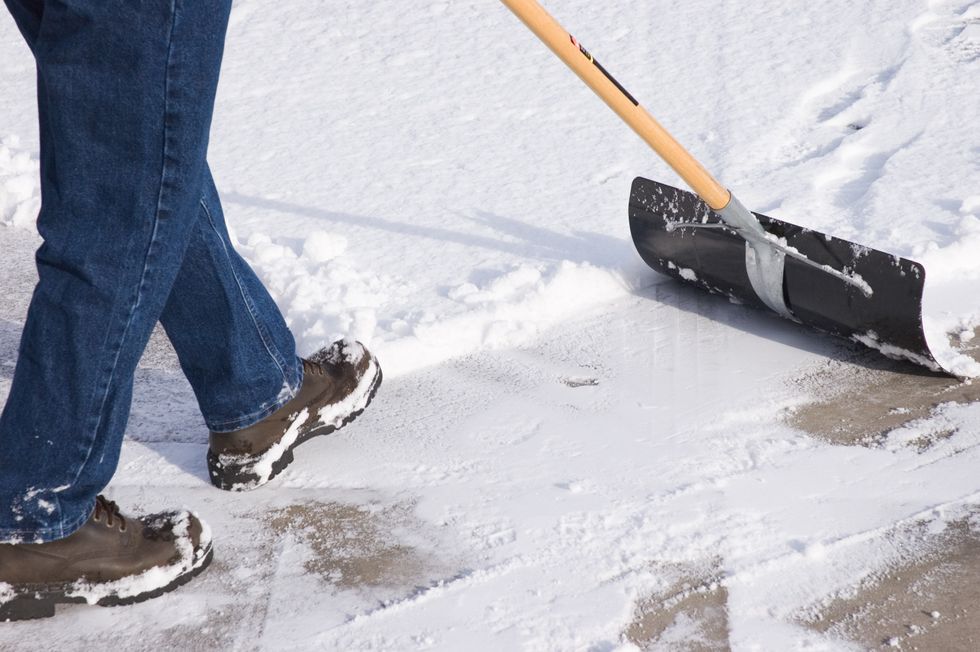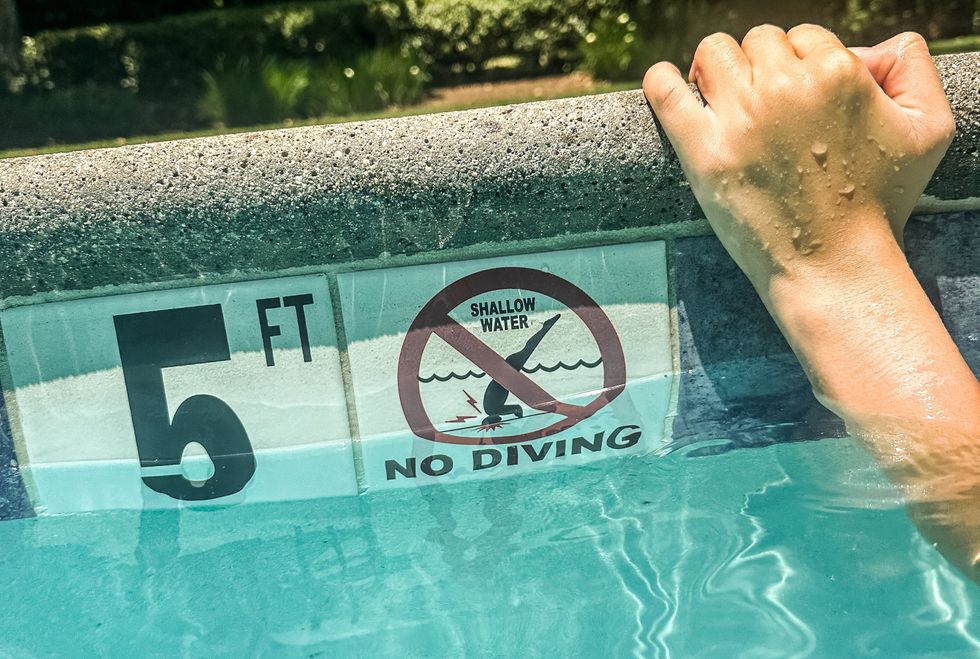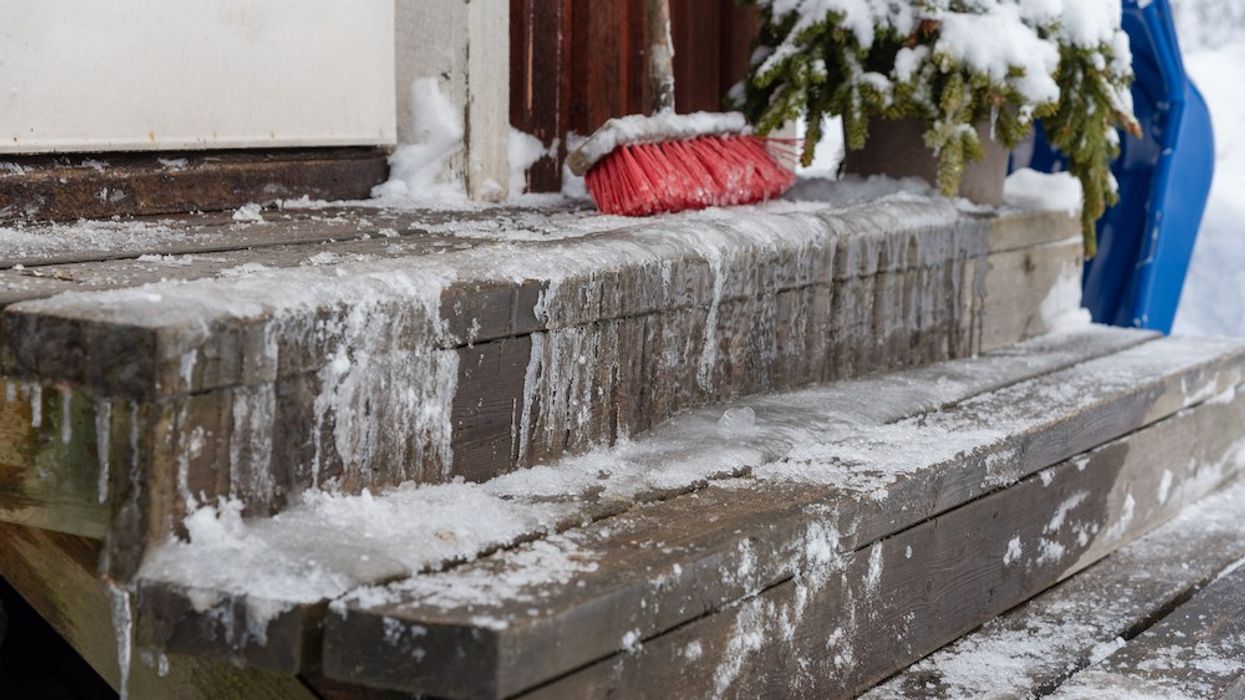So many injuries that take place on household property are avoidable – I see it all the time as a personal injury lawyer in Toronto.
As a homeowner myself, I definitely understand that maintaining a home (and your family who lives there) involves a seemingly endless list of moving parts and to-do lists. But taking inventory of your home and assessing it from a safety standpoint — to identify improvements that can be made on that front — can save hospital visits, lawsuits, and headaches in dealing with insurance companies.
In Ontario, the Occupiers’ Liability Act codifies the common law duties set out by judge-made law into a statute, which imposes an affirmative duty on homeowners to proactively take steps to ensure their property is reasonably safe.
Now, that doesn’t mean that you have to be 100 percent perfect and make sure that every pebble or square inch of your property is perfectly free of hazards. But it does mean that, legally, you have to act reasonably. And, whether a homeowner occupies the property or rents out the home, the obligations don’t really change. Both the exterior (front, back, and side) and interior of your home are filled with potential hazards – some, more obvious than others.
Misconceptions
According to Ontario law, you have to effectively expect that anyone and everyone will access your property. That means all types of people, with all varying abilities – from senior citizens to children.
There's a common misconception that people are trespassing when they access your property without an invitation from you. But in Ontario, people are essentially considered, well, exactly that: invitees, unless you post a sign or erect a fence, restricting access to your property. This means that if a delivery person or someone distributing flyers fell while on your property, you could be liable.
From a legal standpoint, this means you're required to take steps to ensure your property is reasonably safe. But don't panic: a lot of these steps come down to common sense.
Winter Weather
I probably don’t have to tell you that many slip and fall accidents happen in the Canadian winter, thanks to snow obstacles and slick ice. Dealing with the hazards on your property related to the elements is a clear no-brainer – but a little refresher never hurts.

In the event of winter weather, property owners must salt or remove slick patches of ice on their premises and properly clear snow. Otherwise, wintery accidents can result in injuries requiring hospitalization and even long-term rehabilitation. So, within a reasonable amount of time from a snowfall – either before or after — you’re required to take steps toward winter maintenance with shoveling, snow blowing, or applying salt or sand to stairs, walkways, and driveways so that ice doesn’t form.
In most municipalities, a bylaw requires that the sidewalk in front of the home is to be maintained by the adjacent homeowner. Failure to maintain the sidewalk will result in a fine, rather than the imposition of liability, in most cases.
Driveway Danger
Winter is hard on people’s properties, and can cause some aspects of it to rise or fall. This creates what I call trip ledges, where there are differentials in heights between parts of the ground. Many people have cobblestone driveways, cement slab that’s been poured, and even asphalt. If you take a look around your property, you may see that, where two different types of surfaces meet, one can rise and one can fall. That is because water permeates the foundation of what’s underneath the driveway and causes it to elevate, lower, or erode. Trip hazards are defined as a differential in height of three quarters of an inch or more.
Potholes on peoples’ driveways can also create a major hazard for those walking on their property. We see a lot of ankle inversions, where people hurt themselves from stepping in deep potholes and tripping. Or, people will stub their toe on raised differentials, falling forwards. As a property owner, you need to look out for these things; if it’s reasonably foreseeable that somebody is going to walk or traverse that area of your property, these issues could cause them to trip and fall.
Mind The Sides
On the sides of their property – pathways leading from the front to the backyard – many people have broken or crushed stones. At Preszler Injury Lawyers, we see a lot of people who place those big patio stones or pavers every 12, 18, or 24 inches – it’s almost like they’re little islands, and you have to sort of hop from one to another to get to the backyard. But it’s not necessarily a good idea to have these, versus crushed stone, which is generally how builders leave the sides of properties. Sides of homes often don’t have proper lighting, so guests can’t see the pavers sticking up two and a half inches, and we often see people stubbing their toes, or rolling their ankles, falling, and seriously injuring themselves. There’s no uniform spacing norm when it comes to these pavers, so people place them where they see fit, and visitors may be used to a different spacing at their own homes.
Be mindful: jumping from island to island isn’t safe for everyone.
Backyard Bylaws
The main hazards in backyards involve gates, fencing, and rotting patio decks. Poor lighting also doesn’t do anyone any favours. You see a lot of raised wood patio decks that are 20-50 years old and are completely rotted, with failing railings and boards. Rotting decks can collapse, causing people to fall through the boards, or the side railings can give way with the weight of someone leaning on it, causing the person to fall – sometimes, several feet down.

Pools are a whole other issue, and come with gating and fencing bylaw requirements. I think the trend of these new low-profile, in-ground pools is particularly hazardous. Essentially, they’re delivered on the back of a truck, and a crane lifts them over people’s houses and plops them down. These pools are very shallow compared to those with traditional deep ends, and there’s absolutely no way anyone should be diving into them.
But people still think pools are deep – and that’s a problem for both kids and, frankly, adults who are consuming alcohol.
We are seeing more serious neck and head injuries caused by these very shallow pools. As a homeowner, you have to alert people. I know it seems ridiculous to put up a sign that says, “No Diving,” but if you’re inviting people over to your property, you have obligations. And if you have knowledge of a hazard, you need to be aware of that, and you need to alert guests that it’s a shallow pool.
Staircase Safety
Staircases are extremely hazardous, not just for snow and ice purposes, but because railings – especially those outside – deteriorate over time. The bylaws require a handrail when there’s a certain number of steps on an exterior staircase – a detail that’s often overlooked when you buy a new house. What we also see are handrails that are poorly or inappropriately installed. We even see improper handrails that are too small or too thin to grab onto – they’re pretty much useless.
Handrails save people when they do fall, but only work when they’re properly affixed to a wall or ground, which requires proper installation or it will be pulled out.
Inside the home, staircases without handrails are extremely dangerous – for people with mobility issues, or not. Think of how many times, for example, you’ve gone up and down the stairs with armfuls of groceries or a laundry basket.
Stairs also need to be a specific depth and width, governed by building code.
Windows, Balconies, and Plumbing
Other things to consider inside and outside of the home include windows, balconies, and plumbing. Sadly, we deal with a lot of cases where kids fall out of second-storey windows, because the window can fully open without any mesh or a screen.
Balconies can be extremely dangerous too, if railings have rusted away and bolts have corroded over time. The railing can fall right off in these cases – along with the person leaning on it.
Meanwhile, malfunctioning plumbing can cause serious problems if, for example, water leaks from a furnace and into a tiled hallway, and someone slips on it.
Insurance is Reassurance
While the event of a personal injury lawsuit is never a welcome one for a homeowner, the good news is that insurance is there to dish out the dollars for accident claim victims. Insurance companies are in the business of paying out money. It’s unbelievable that some homeowners don’t have insurance in this day and age – it’s mind-blowing. A lot of property owners get their mortgage and cancel their mandatory insurance a few months later. That’s how you can lose your house. In fact, a lot of people only have a $1M insurance policy, and I really think it should be more like $5 million. It doesn't cost that much more.
The bottom line is that some things in life simply aren't worth risking – whether that means someone else's safety, or the roof over your head.
This article was guest authored for STOREYS by Jeffrey Preszler, Managing Lawyer at Preszler Injury Lawyers.
______________________________________________________________________________________________________________________________
This article was produced in partnership with STOREYS Custom Studio.





















